Dealing with a sticky finish on your kitchen table can be frustrating. Not only does it look unsightly, but it can also make it difficult to use the table for its intended purpose. However, before you throw in the towel and buy a new table, there are some simple steps you can take to remove the sticky residue and restore your table's shine. Start by cleaning the table with a gentle soap and warm water. This will help to remove any surface dirt and grime that may be contributing to the stickiness. Next, mix equal parts vinegar and water and use a clean cloth to wipe down the table. The acidity of the vinegar will help to break down and dissolve the sticky residue. If the vinegar solution doesn't do the trick, you can also try using rubbing alcohol or mineral spirits to clean the table. These solvents are stronger and may be more effective at removing tough residue. Just be sure to test them on a small, inconspicuous area of the table first to make sure they won't damage the finish.1. How to Remove Sticky Residue from Wood Furniture
If the sticky residue on your kitchen table is too stubborn to remove, you may need to consider refinishing the table. This is a great DIY project that can save you money and give your table a fresh new look. Here's how to do it: Step 1: Start by sanding down the table with a fine-grit sandpaper. This will remove the old finish and any remaining sticky residue. Be sure to sand in the direction of the wood grain for the best results. Step 2: After sanding, wipe down the table with a damp cloth to remove any dust. Then, use a wood conditioner to prep the surface for staining. This will help the wood to absorb the stain evenly. Step 3: Choose a stain color that complements your kitchen and apply it to the table with a clean cloth or brush, following the manufacturer's instructions. Let the stain dry completely before moving on to the next step. Step 4: Once the stain is dry, apply a coat of polyurethane or varnish to protect the table and give it a glossy finish. Apply multiple coats, sanding lightly between each coat, for a smooth and durable finish. With a little bit of time and effort, you can give your old, sticky kitchen table a brand new look that you'll love.2. DIY: How to Refinish a Kitchen Table
When it comes to choosing a finish for your kitchen table, there are several options to consider. Each type of finish has its own benefits and drawbacks, so it's important to do your research and choose the one that best suits your needs. Oil-based finishes: These are the most traditional type of finish and provide a classic, warm look to wood. They are durable and easy to maintain, but they can take a long time to dry and may emit strong fumes during application. Water-based finishes: These finishes are more environmentally friendly and have a quicker drying time than oil-based ones. They also have less odor and are easier to clean up. However, they may not provide as rich of a color or as durable of a finish as oil-based options. Wax finishes: Wax finishes give wood a soft, matte look and are easy to apply. They also offer some protection against moisture and stains. However, they require regular reapplication and may not be as durable as other finishes. Consider the look, maintenance, and durability you want for your kitchen table when choosing a finish.3. Tips for Choosing the Right Finish for Your Kitchen Table
If your wooden table has a sticky finish, it means that the top layer of the finish has not cured properly. This can happen for a variety of reasons, such as high humidity, poor application, or a reaction between different finishes. Luckily, there are a few steps you can take to fix a sticky finish and prevent it from happening again. Step 1: Start by sanding down the sticky areas of the table with a fine-grit sandpaper. This will remove the tacky layer and smooth out the surface. Step 2: Clean the table with a mild soap and water to remove any dust from sanding. Step 3: Apply a thin coat of mineral spirits or rubbing alcohol to the table using a clean cloth. This will help to dissolve any remaining sticky residue. Step 4: Let the table dry completely before applying a new coat of finish. Be sure to follow the manufacturer's instructions for proper application and drying time. To prevent a sticky finish in the future, be sure to properly prepare the surface and follow the manufacturer's instructions for your chosen finish.4. How to Fix a Sticky Finish on a Wooden Table
When it comes to choosing a finish for your kitchen table, there are a few options that stand out as the best for this specific piece of furniture. These include: Lacquer: This is a durable, glossy finish that provides a high level of protection against scratches and stains. It dries quickly and has a beautiful shine, making it a great option for kitchen tables. Polyurethane: Polyurethane is another durable and water-resistant finish that is perfect for kitchen tables. It comes in both gloss and matte finishes, so you can choose the look that best suits your style. Epoxy resin: This is a newer option for finishing wood furniture, but it has quickly gained popularity for its extreme durability, water resistance, and high-gloss finish. It may require some extra preparation and multiple coats, but the end result is worth it. Consider the level of durability and shine you want for your kitchen table when choosing a finish.5. The Best Finishes for Kitchen Tables
Now that you've successfully removed the sticky residue from your kitchen table and applied a new finish, it's important to know how to clean and maintain it to prevent the sticky situation from happening again. Start by using a soft, damp cloth to wipe down the table after each use. This will help to remove any spills or crumbs that may contribute to a sticky surface. For tougher messes, use a gentle soap and water solution or a cleaner specifically designed for wood furniture. It's also a good idea to regularly apply a furniture polish or wax to keep the finish looking shiny and protected. Just be sure to follow the manufacturer's instructions and use a gentle, non-abrasive product.6. How to Clean and Maintain a Sticky Finish on Your Kitchen Table
If your wooden kitchen table has a sticky film on it, it could be caused by the buildup of dust and oils from cooking and daily use. To remove this film and restore the shine to your table, try using a mixture of equal parts vinegar and water. Simply dampen a cloth with the solution and wipe down the table, following the direction of the wood grain. The vinegar will help to dissolve the film and leave your table looking clean and shiny.7. How to Remove a Sticky Film from Wood Furniture
If your dining table has a sticky finish, it can make it difficult to enjoy meals and gatherings with family and friends. To refinish a sticky dining table, follow the same steps as refinishing a kitchen table (see heading 2). Just be sure to pay extra attention to the edges and corners of the table, as these are often the areas that experience the most wear and tear and may need additional sanding and coats of finish.8. How to Refinish a Sticky Dining Table
As mentioned earlier, there are several different types of finishes to choose from for your kitchen table. Here are some of the pros and cons of each: Oil-based finishes: Pros - classic look, durable, easy to maintain. Cons - long drying time, strong fumes. Water-based finishes: Pros - environmentally friendly, quick drying, less odor. Cons - may not provide as rich of a color or as durable of a finish as oil-based options. Wax finishes: Pros - easy to apply, provide some protection against moisture and stains. Cons - require regular reapplication, may not be as durable as other finishes. Consider these factors when choosing the right finish for your kitchen table.9. The Pros and Cons of Different Finishes for Kitchen Tables
Prevention is key when it comes to avoiding a sticky finish on your kitchen table. To keep your table looking clean and shiny, follow these tips: - Wipe down the table after each use with a soft, damp cloth. - Avoid using harsh chemicals or abrasive cleaners on the table. - Use coasters and placemats to protect the surface from spills and scratches. - Regularly apply a furniture polish or wax to maintain the finish. By following these simple steps, you can keep your kitchen table looking beautiful and free of sticky residue for years to come.10. How to Prevent a Sticky Finish on Your Kitchen Table
Why a Sticky Finish on Your Kitchen Table is a Good Idea

Protect Your Investment
 When it comes to designing your dream house, every detail matters. This includes the furniture you choose for your kitchen. The kitchen table, in particular, is an important piece as it serves as a gathering place for family meals, homework sessions, and entertaining guests. However, with everyday use, your kitchen table can quickly become worn and damaged. This is where a
sticky finish
comes in.
A sticky finish is a protective coating that is applied to the surface of your kitchen table. It creates a smooth, glossy layer that not only enhances the look of your table but also
protects it from scratches, spills, and stains
. This is especially important for wooden tables, as they are more prone to damage from moisture and heat. By investing in a sticky finish for your kitchen table, you are
protecting your investment
and ensuring that it will last for years to come.
When it comes to designing your dream house, every detail matters. This includes the furniture you choose for your kitchen. The kitchen table, in particular, is an important piece as it serves as a gathering place for family meals, homework sessions, and entertaining guests. However, with everyday use, your kitchen table can quickly become worn and damaged. This is where a
sticky finish
comes in.
A sticky finish is a protective coating that is applied to the surface of your kitchen table. It creates a smooth, glossy layer that not only enhances the look of your table but also
protects it from scratches, spills, and stains
. This is especially important for wooden tables, as they are more prone to damage from moisture and heat. By investing in a sticky finish for your kitchen table, you are
protecting your investment
and ensuring that it will last for years to come.
Easy Maintenance
 One of the biggest benefits of a sticky finish is that it makes cleaning your kitchen table a breeze. With a smooth and sealed surface, crumbs and spills can easily be wiped away with a damp cloth. This not only saves you time and effort but also
prevents build-up of dirt and grime
that can damage the surface of your table over time. Additionally, a sticky finish can also make your table more resistant to heat, making it easier to place hot dishes and pots without causing damage.
One of the biggest benefits of a sticky finish is that it makes cleaning your kitchen table a breeze. With a smooth and sealed surface, crumbs and spills can easily be wiped away with a damp cloth. This not only saves you time and effort but also
prevents build-up of dirt and grime
that can damage the surface of your table over time. Additionally, a sticky finish can also make your table more resistant to heat, making it easier to place hot dishes and pots without causing damage.
Customizable Look
 A sticky finish is not only practical but also adds a touch of style to your kitchen. With a wide range of finishes available, you can choose one that
complements your kitchen's design aesthetic
. Whether you prefer a classic glossy finish or a more rustic matte look, there is a sticky finish for every taste. You can also choose to add a
pop of color
by opting for a tinted finish or adding a design or pattern to your table.
A sticky finish is not only practical but also adds a touch of style to your kitchen. With a wide range of finishes available, you can choose one that
complements your kitchen's design aesthetic
. Whether you prefer a classic glossy finish or a more rustic matte look, there is a sticky finish for every taste. You can also choose to add a
pop of color
by opting for a tinted finish or adding a design or pattern to your table.
Conclusion
 In conclusion, a sticky finish on your kitchen table is a
wise investment
for both practical and aesthetic reasons. It not only
protects your investment
and makes maintenance easier, but also allows you to
customize the look
of your kitchen. So, when designing your dream house, don't forget to consider the benefits of a sticky finish for your kitchen table. Your future self will thank you for it.
In conclusion, a sticky finish on your kitchen table is a
wise investment
for both practical and aesthetic reasons. It not only
protects your investment
and makes maintenance easier, but also allows you to
customize the look
of your kitchen. So, when designing your dream house, don't forget to consider the benefits of a sticky finish for your kitchen table. Your future self will thank you for it.



































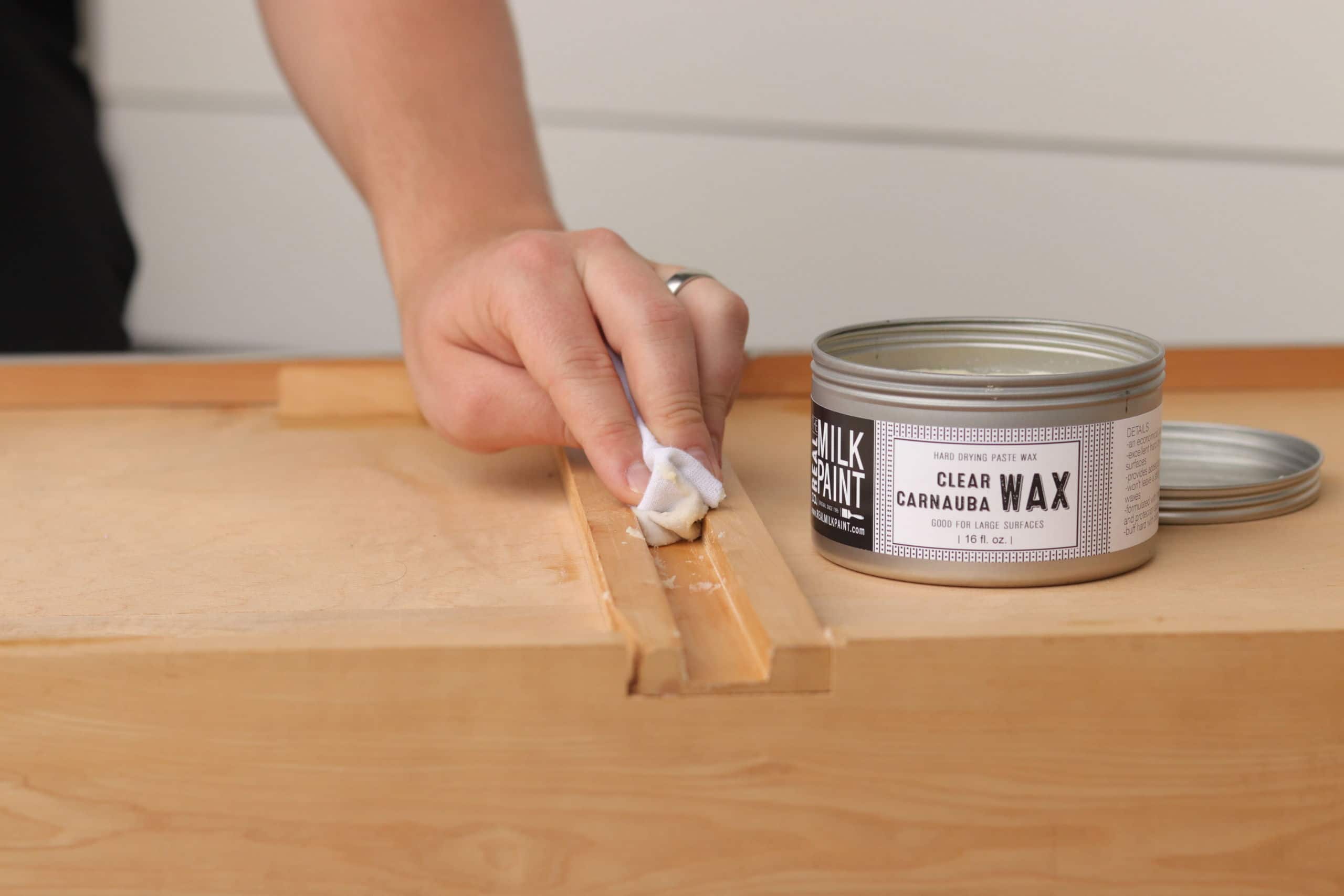


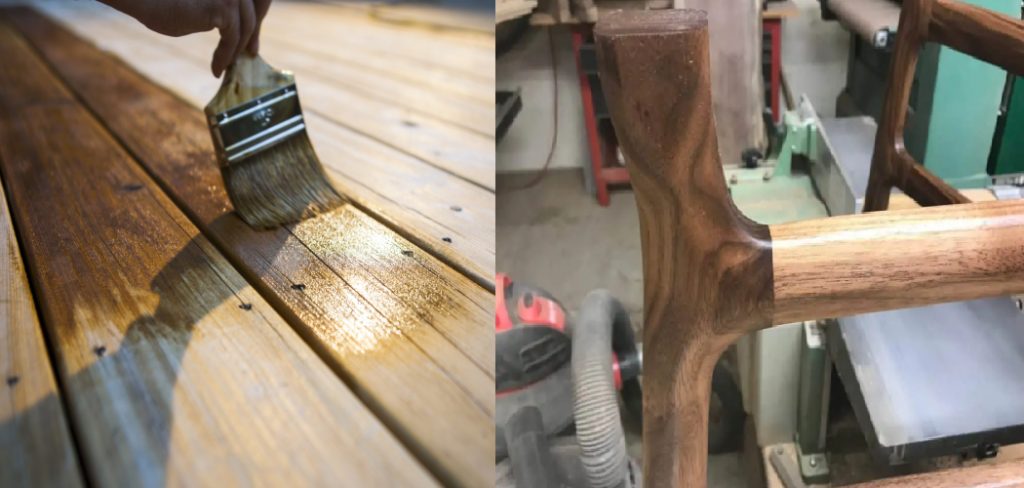




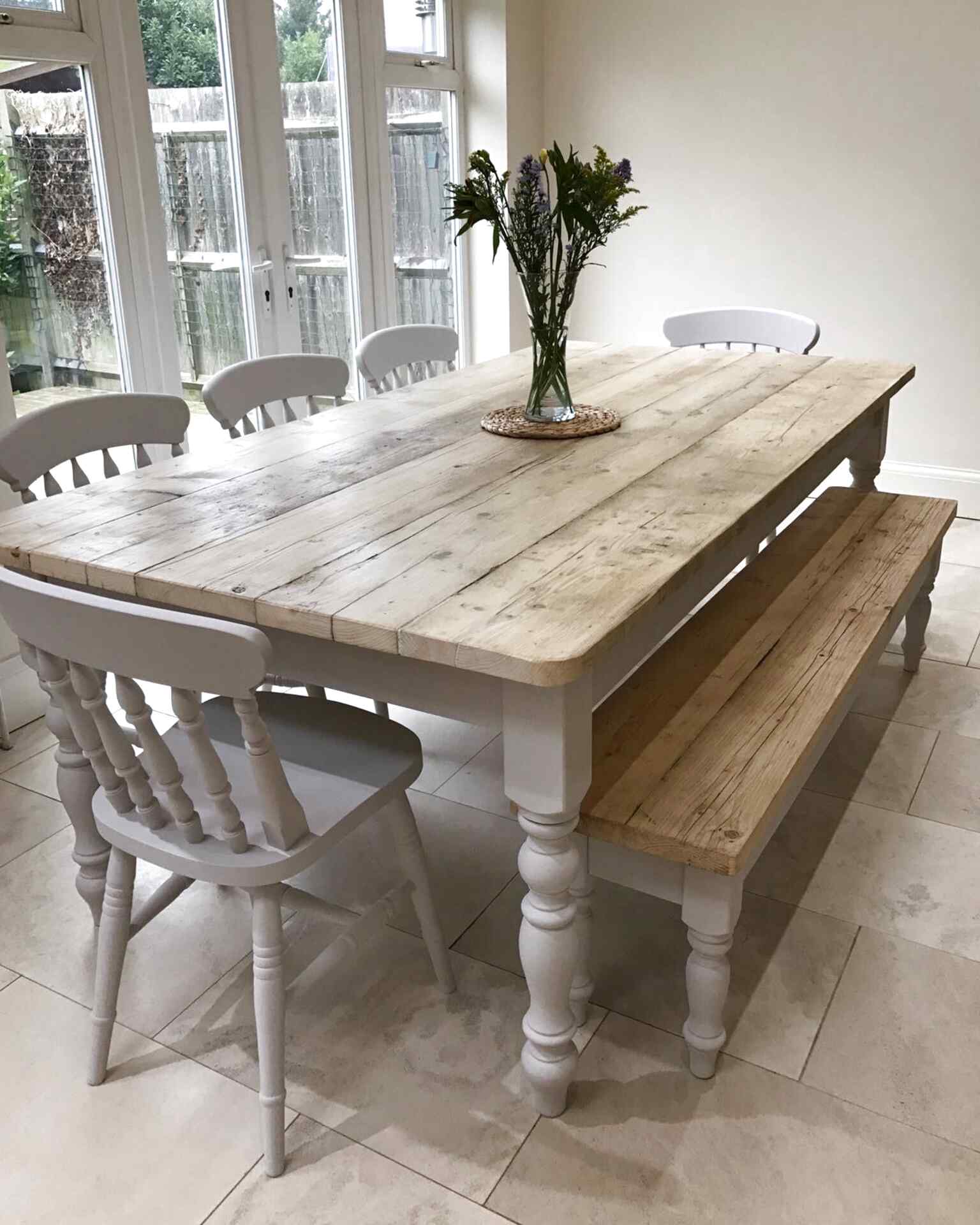


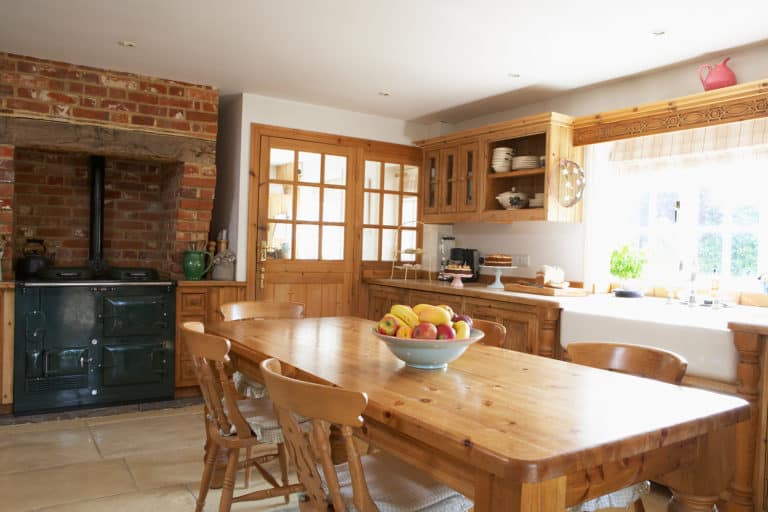









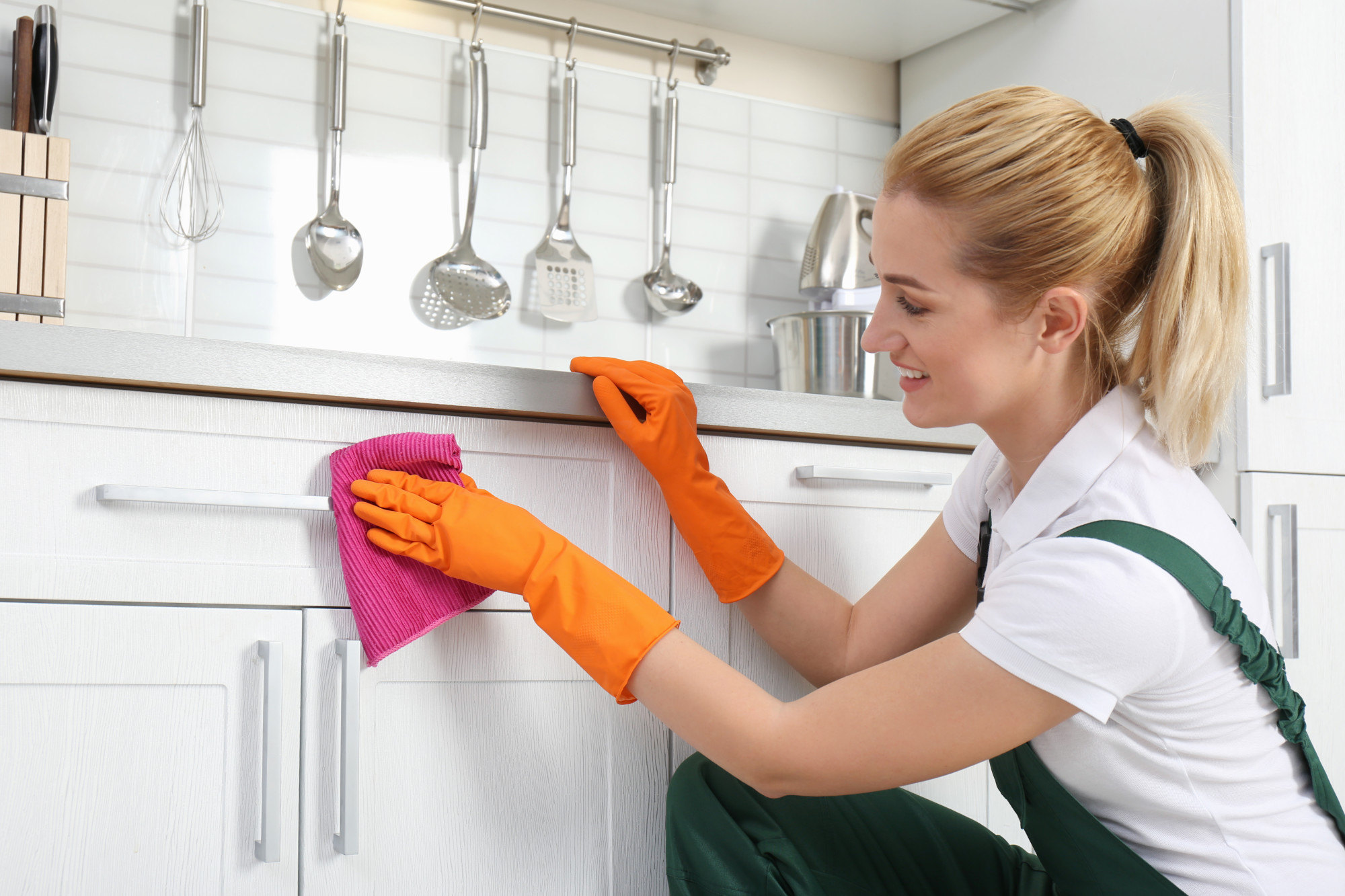








:max_bytes(150000):strip_icc()/remove-a-water-mark-from-wood-furniture-1976384_V1-ae5f581cf2374eeaa9a6372770ac204d.png)







































